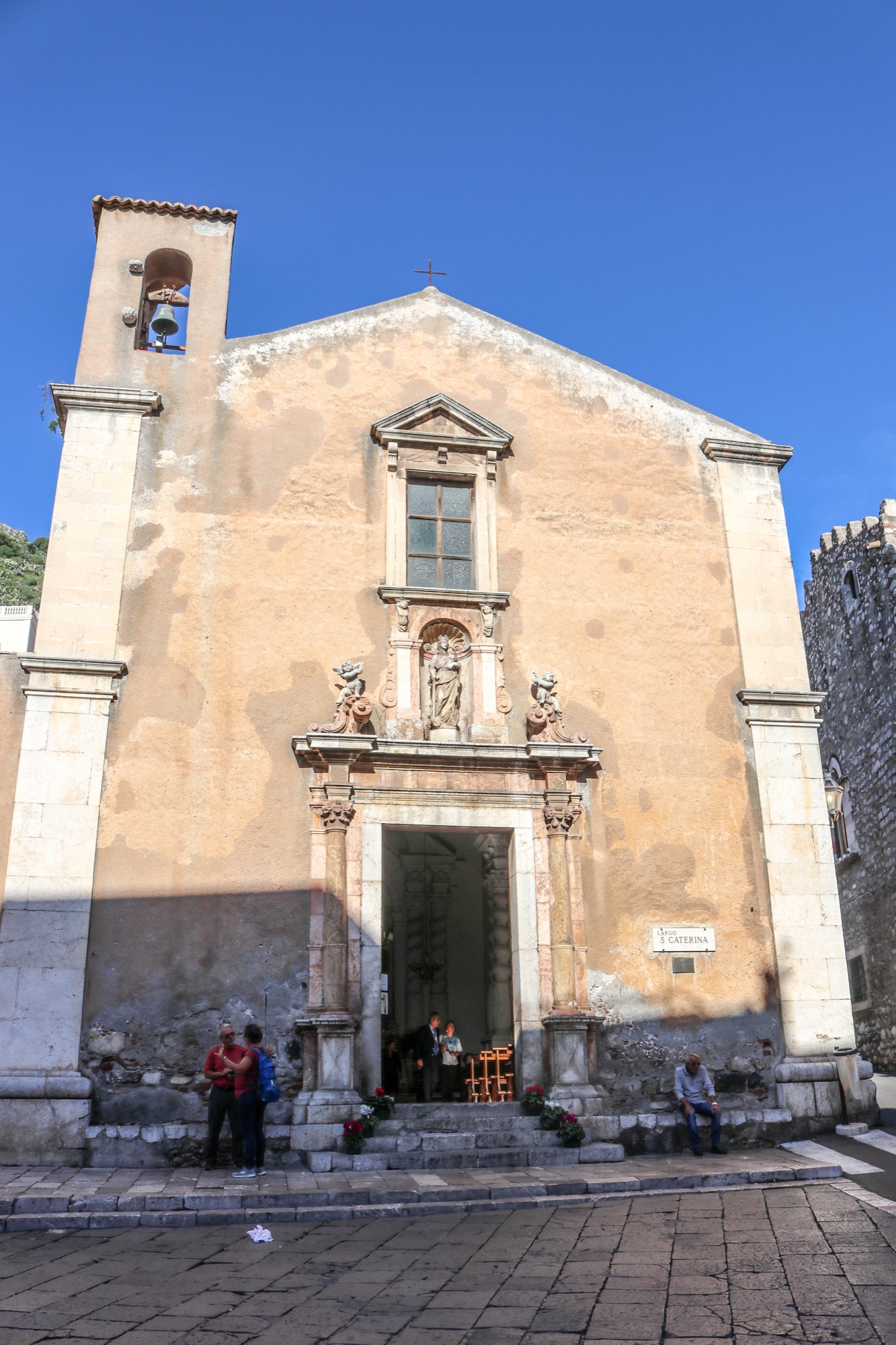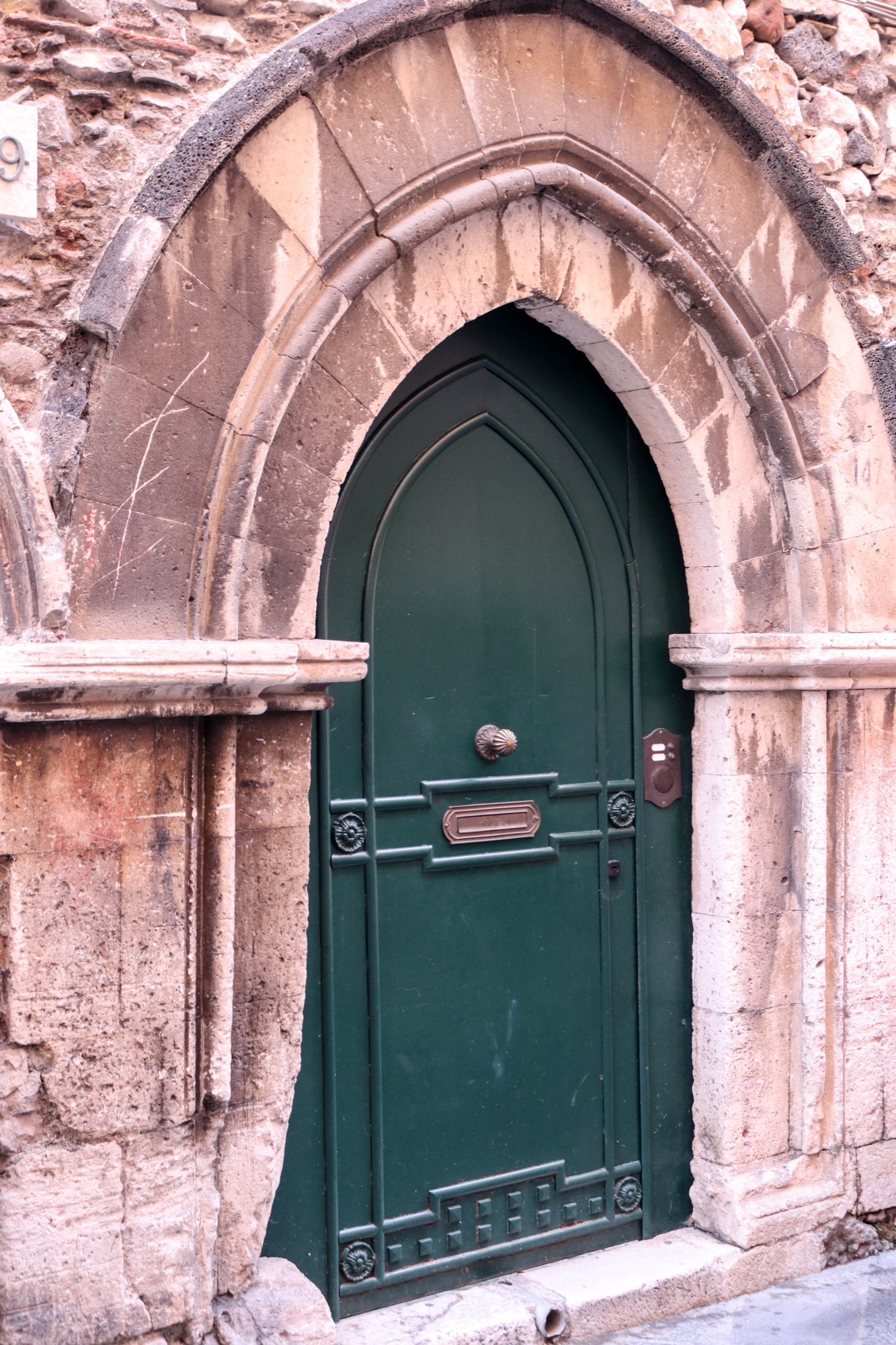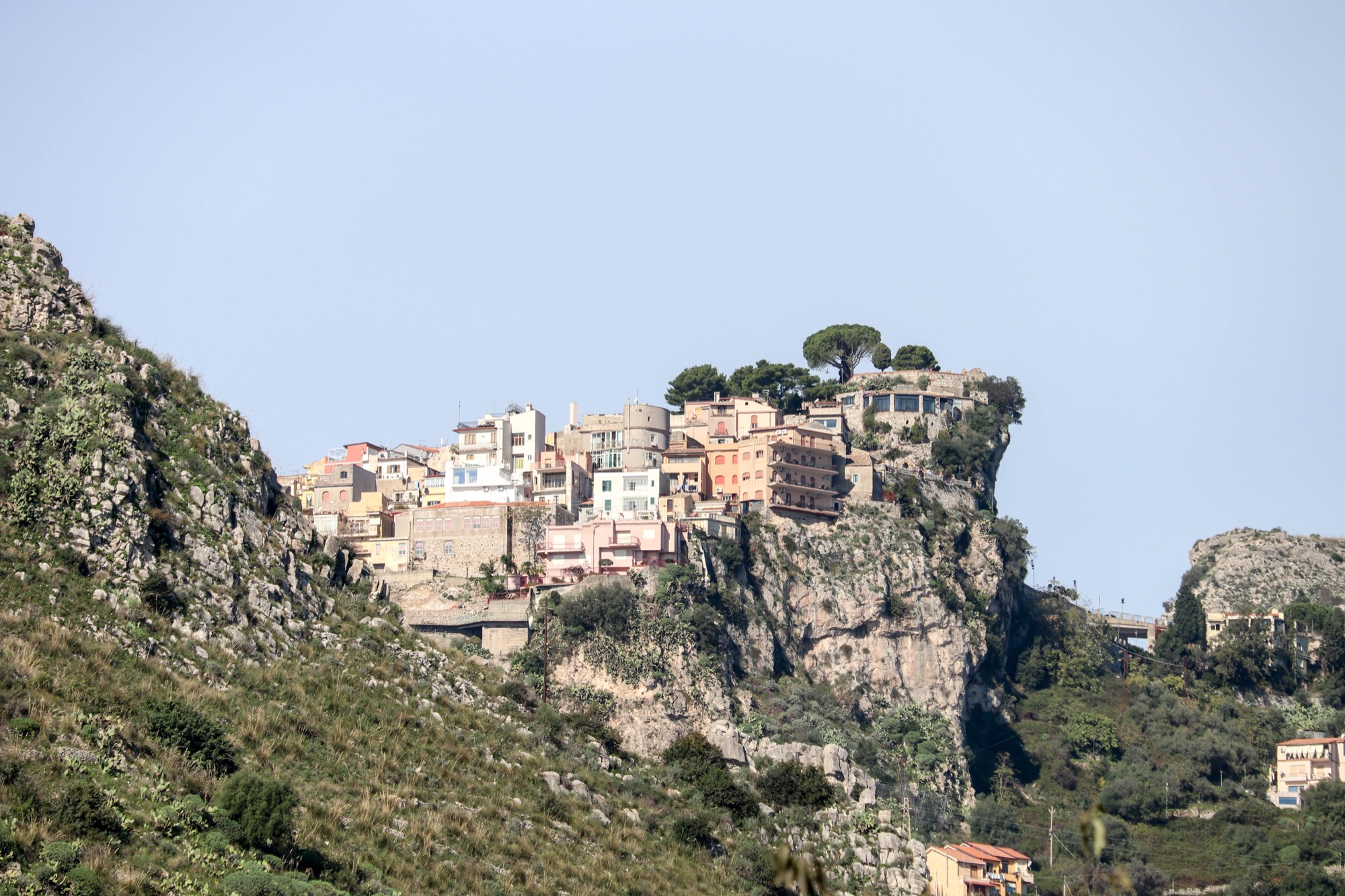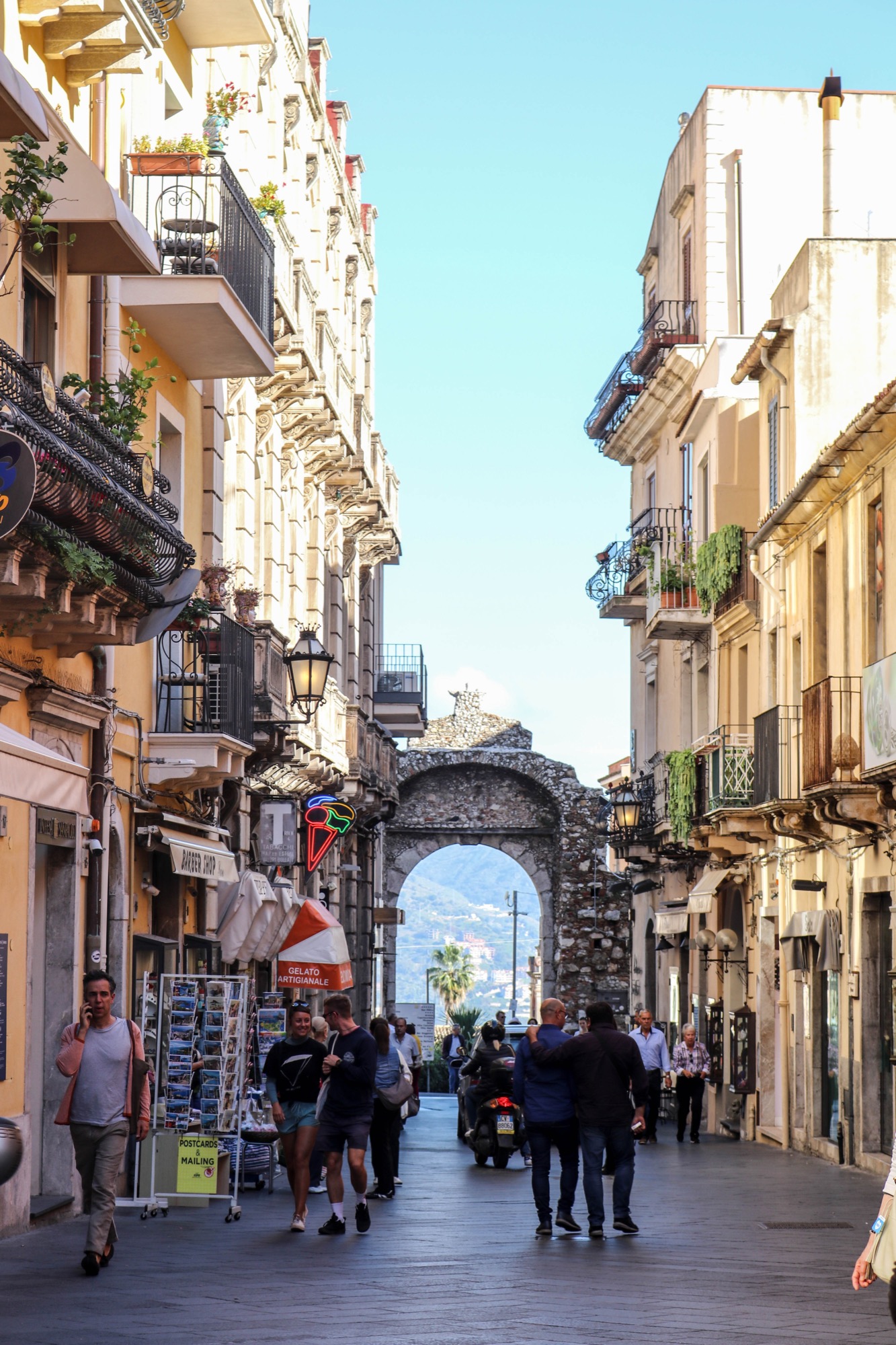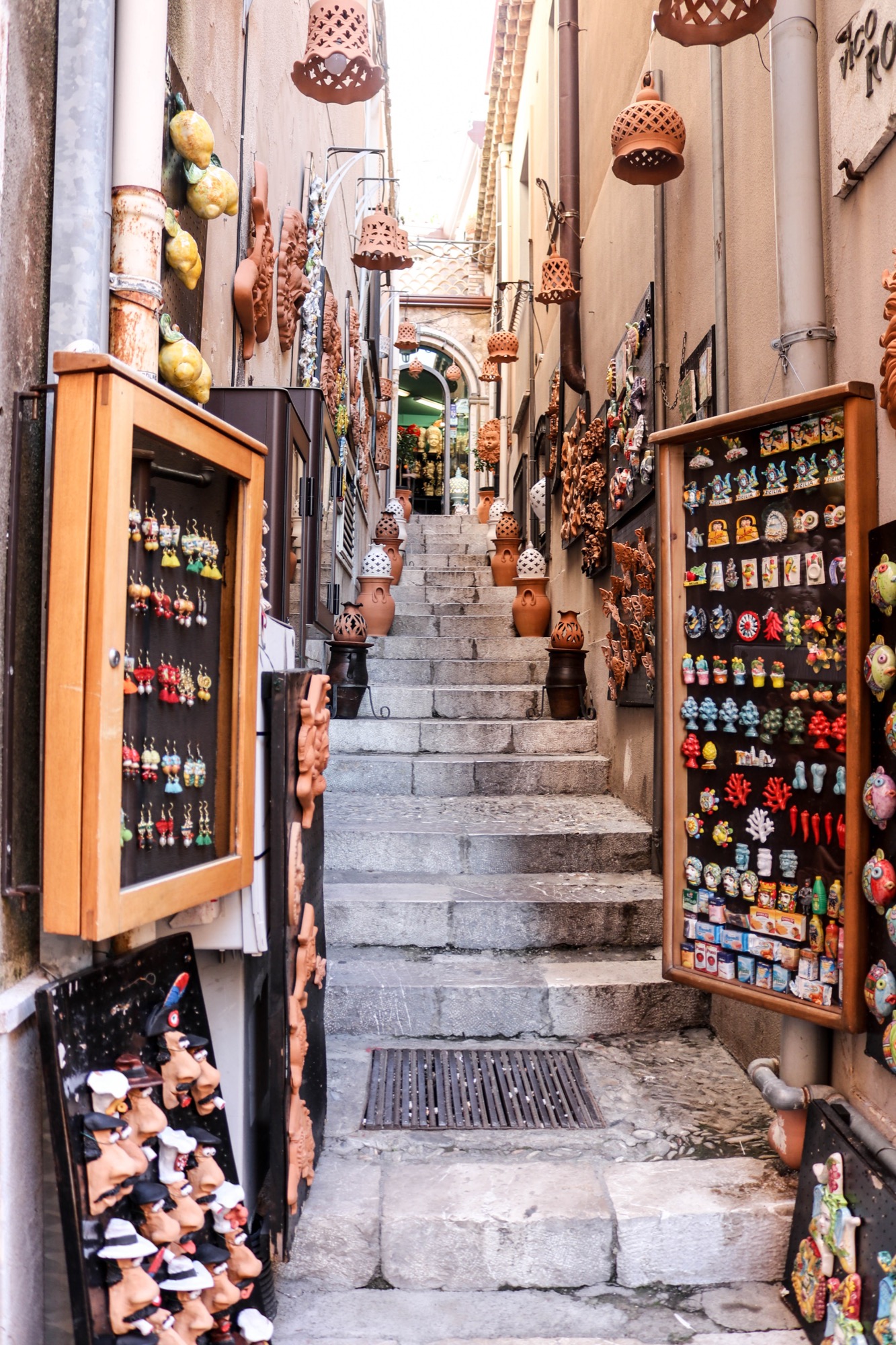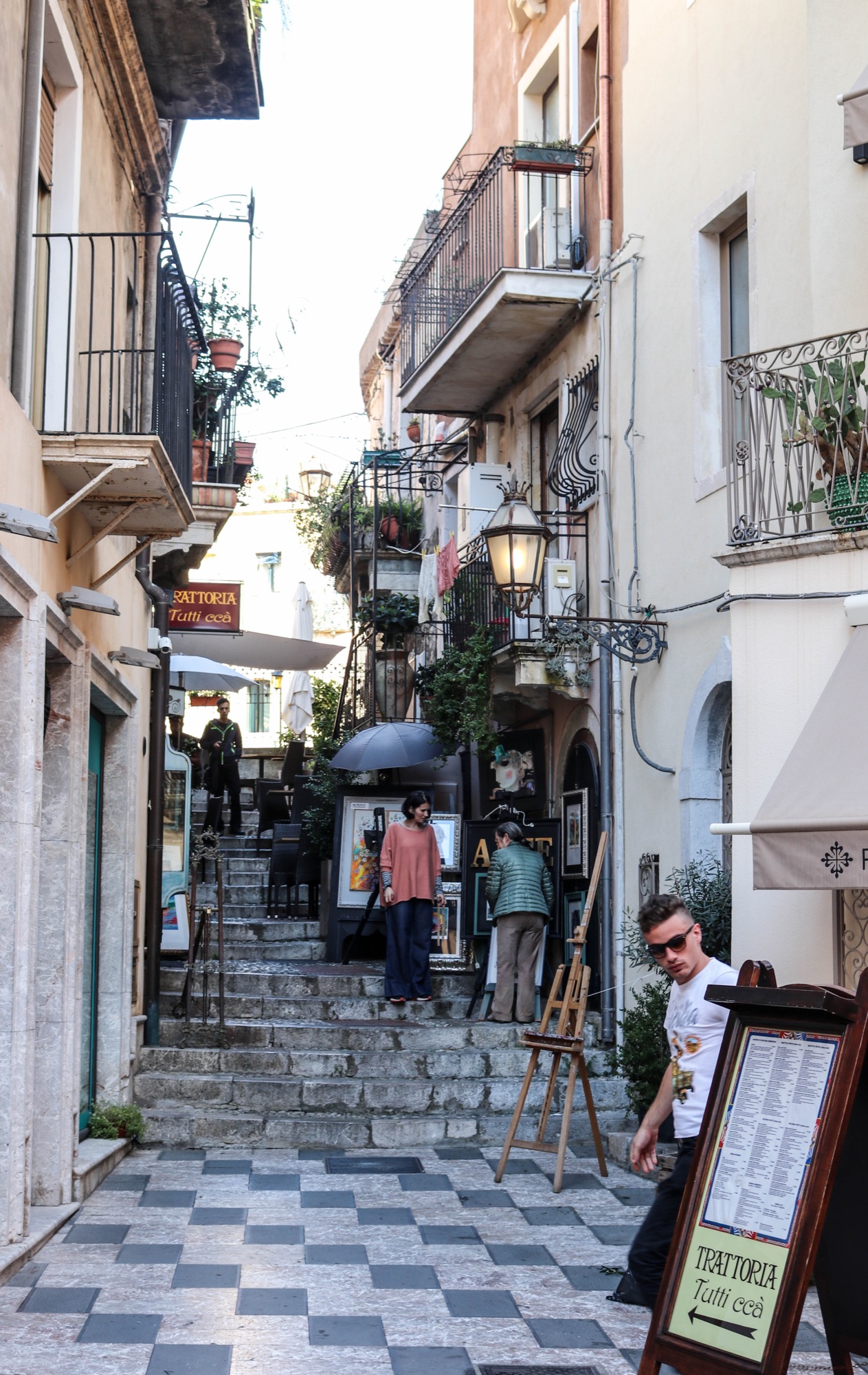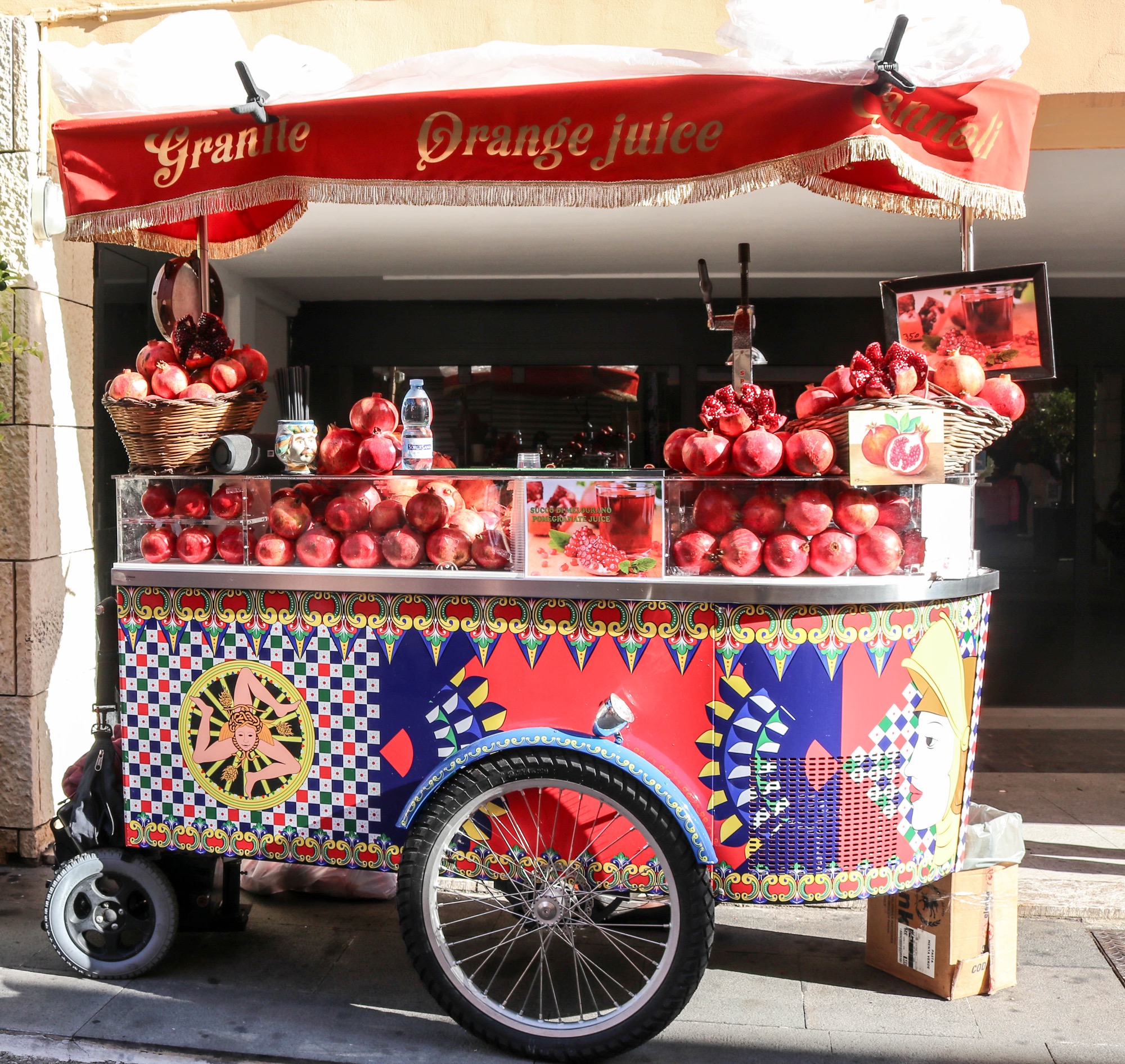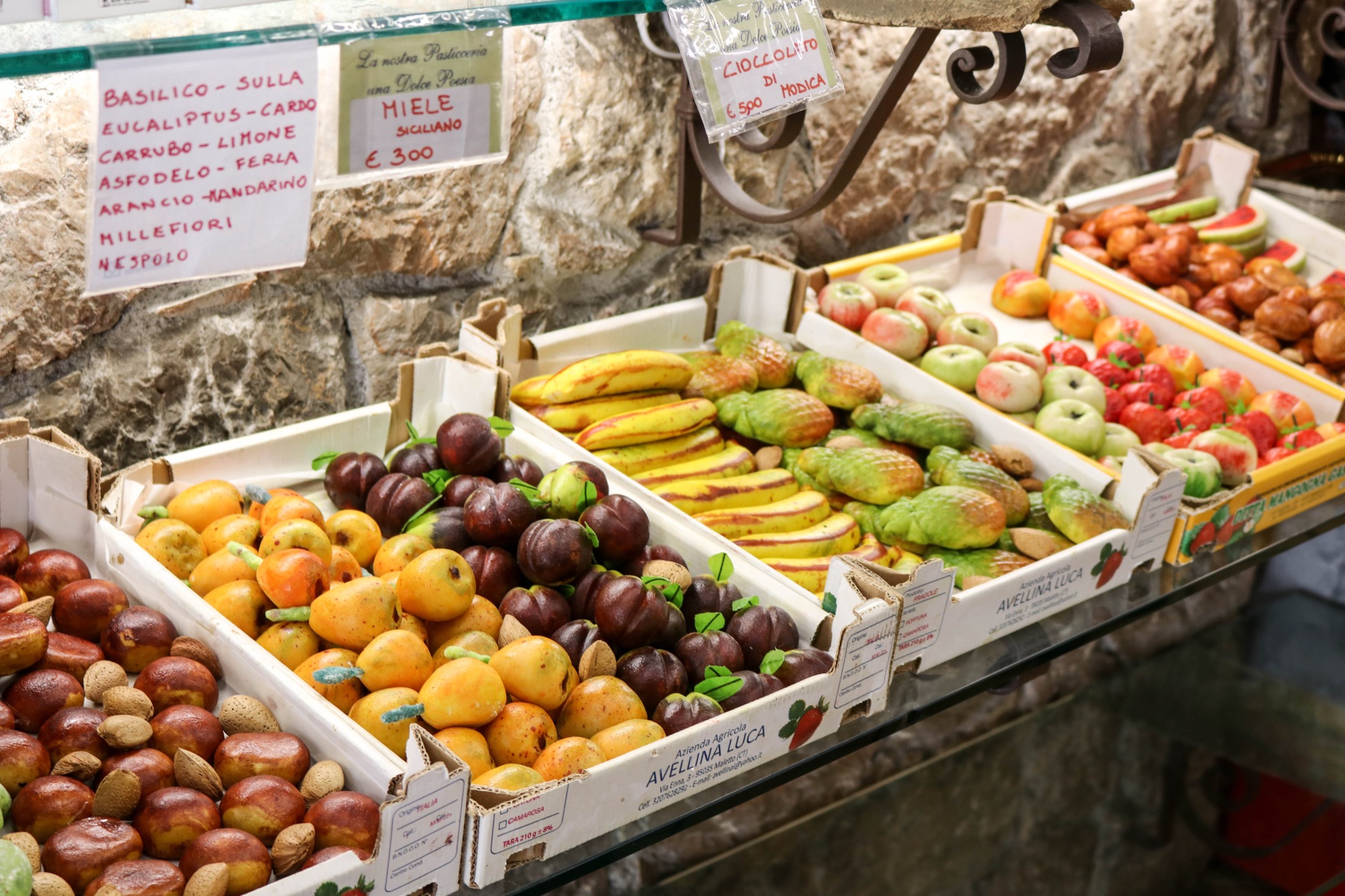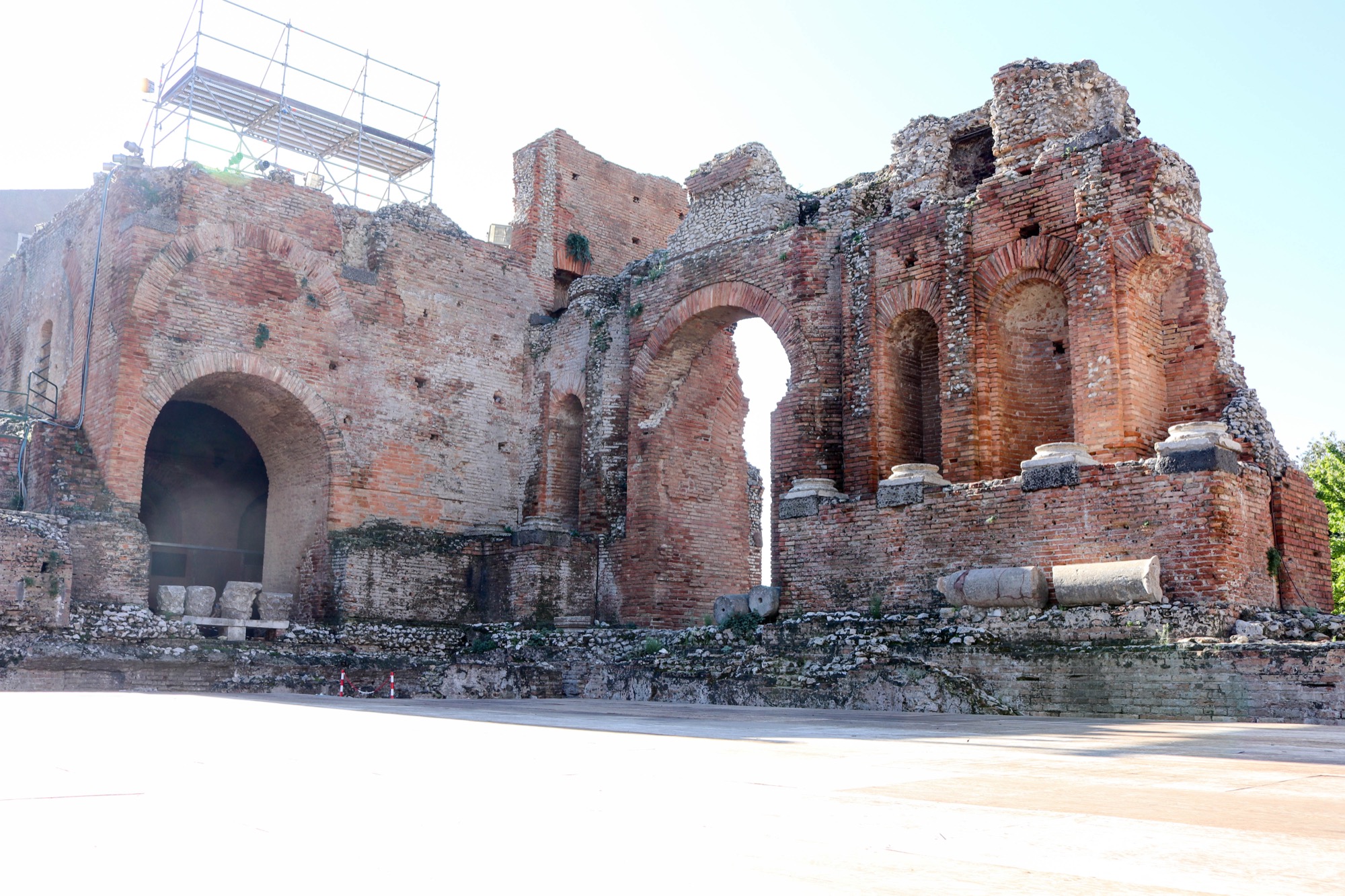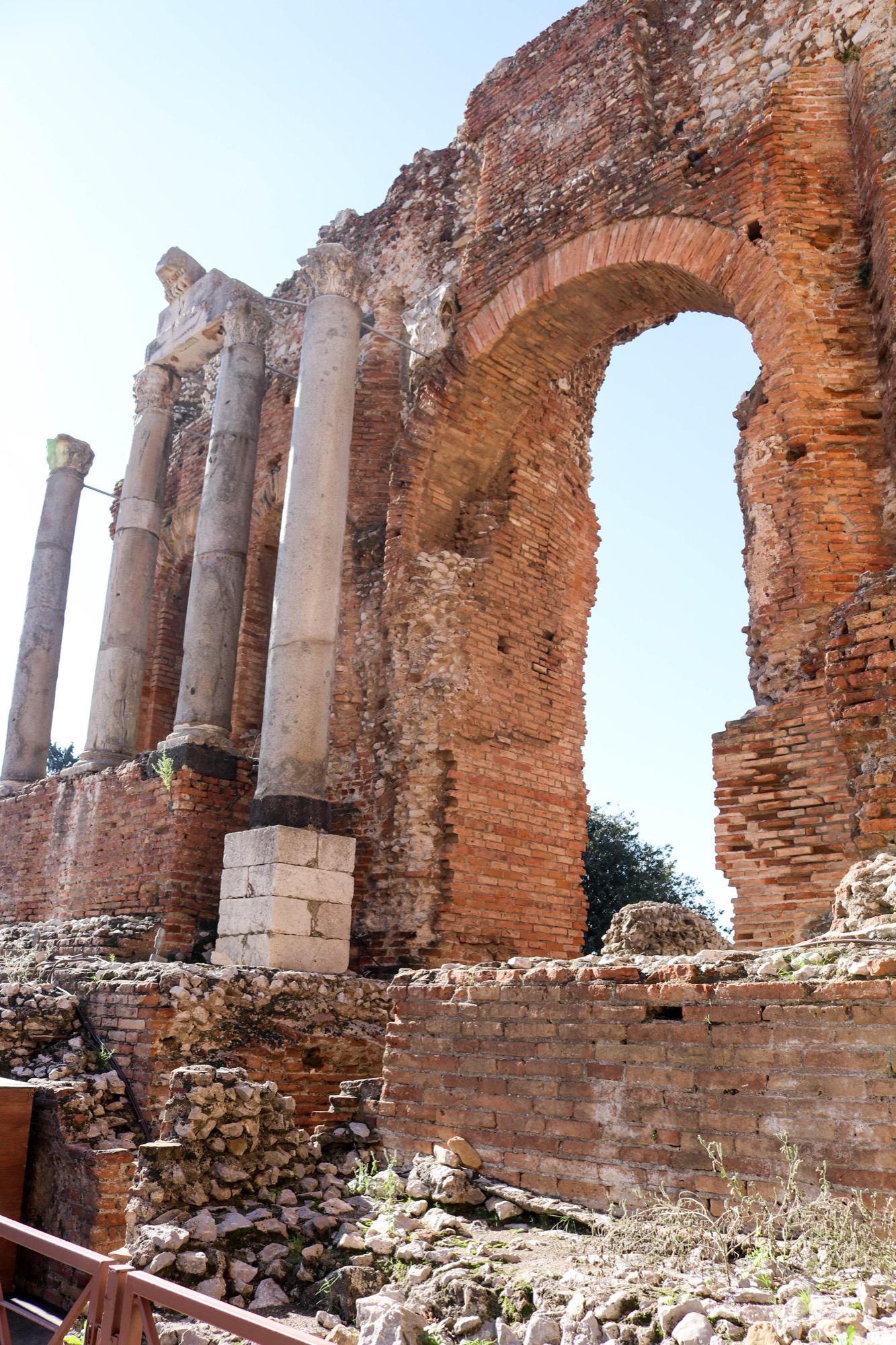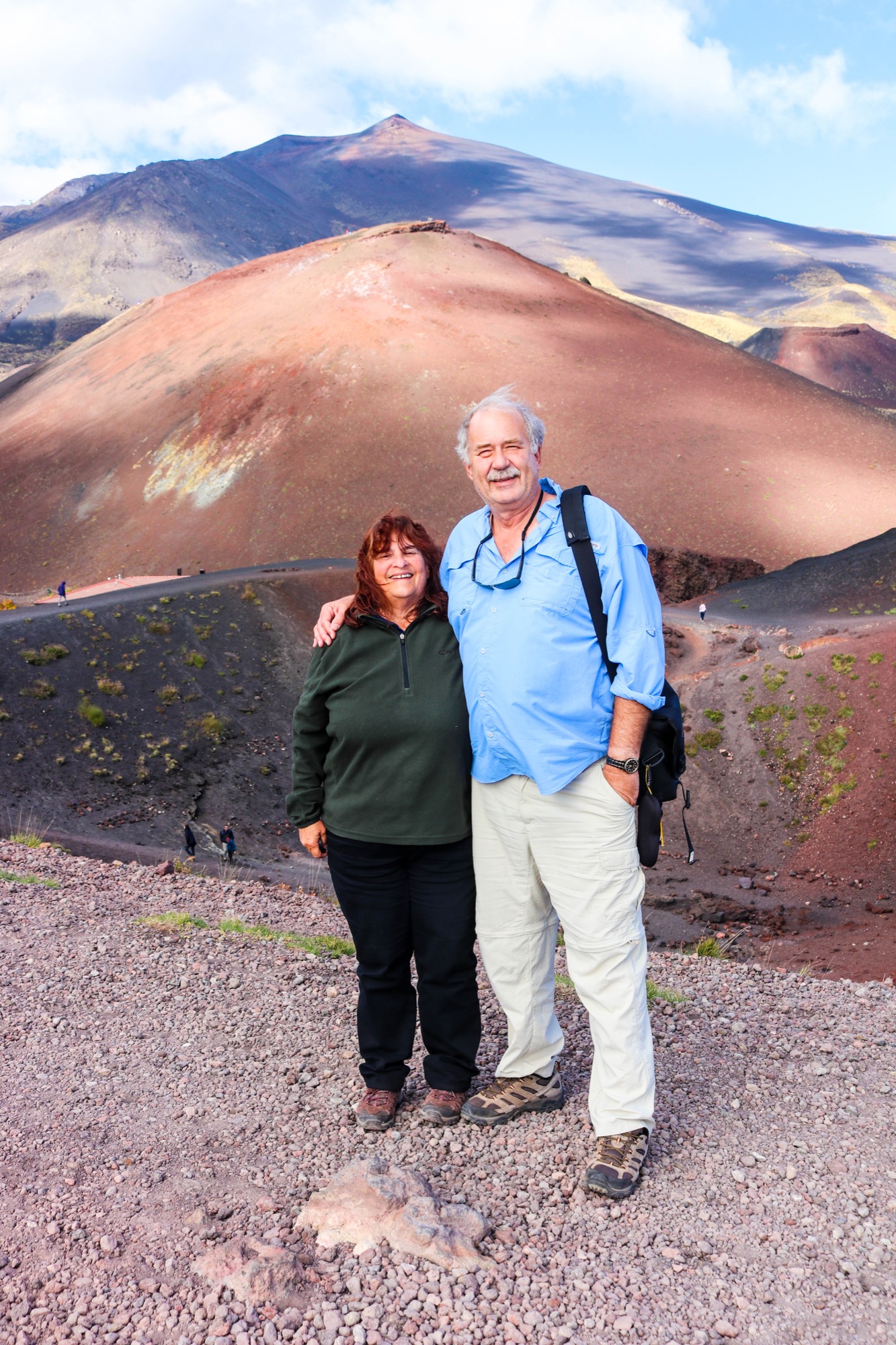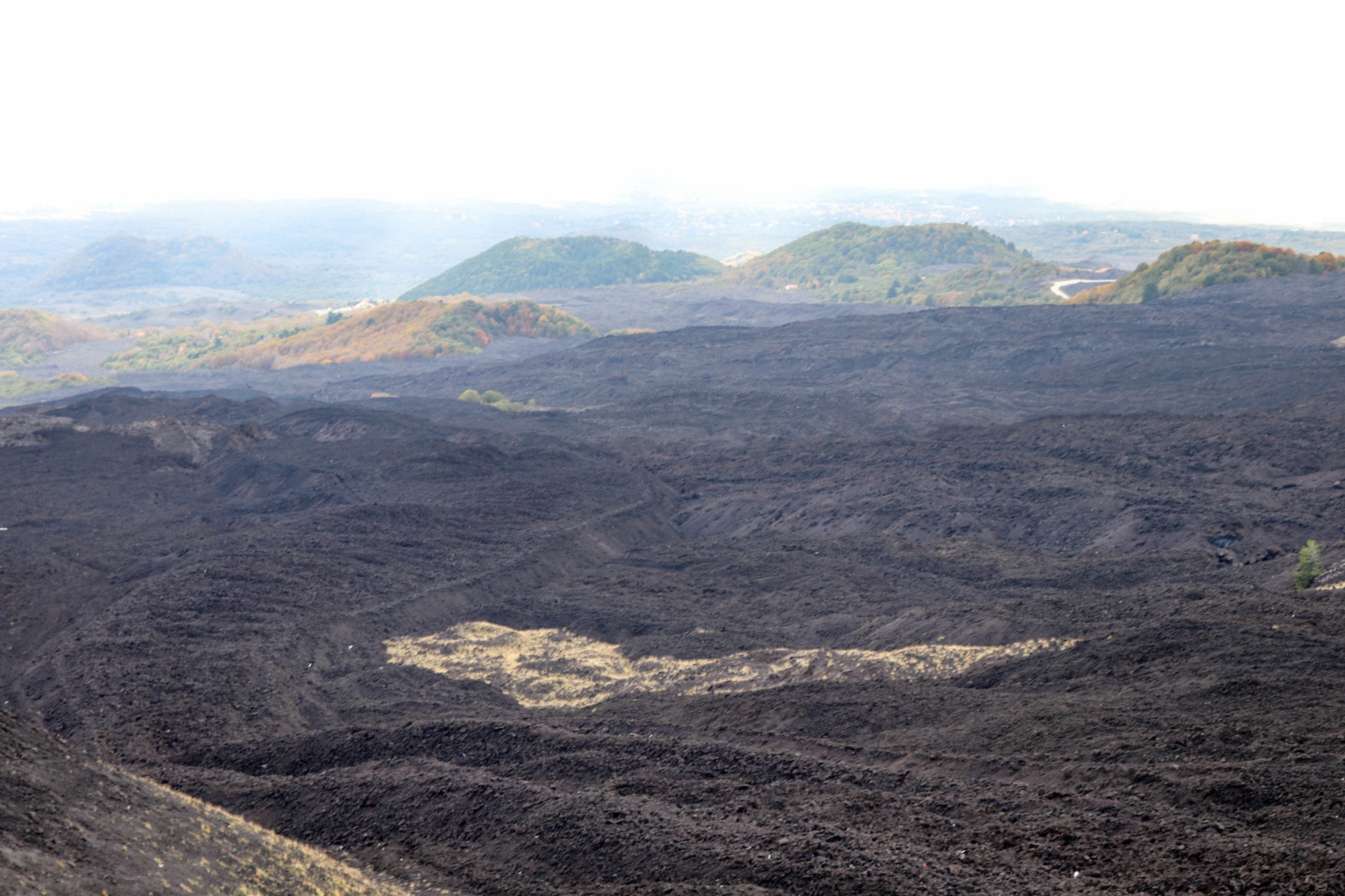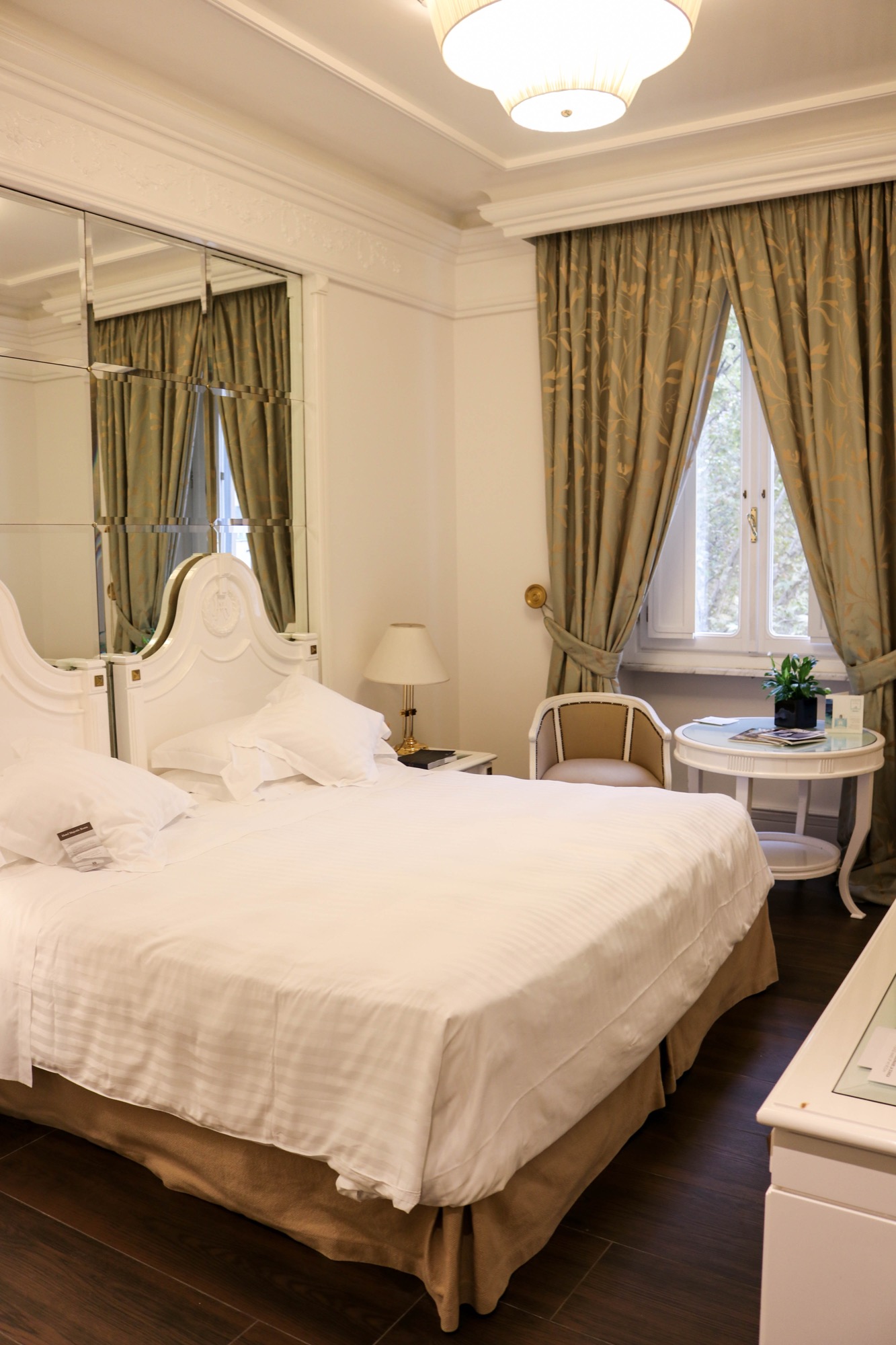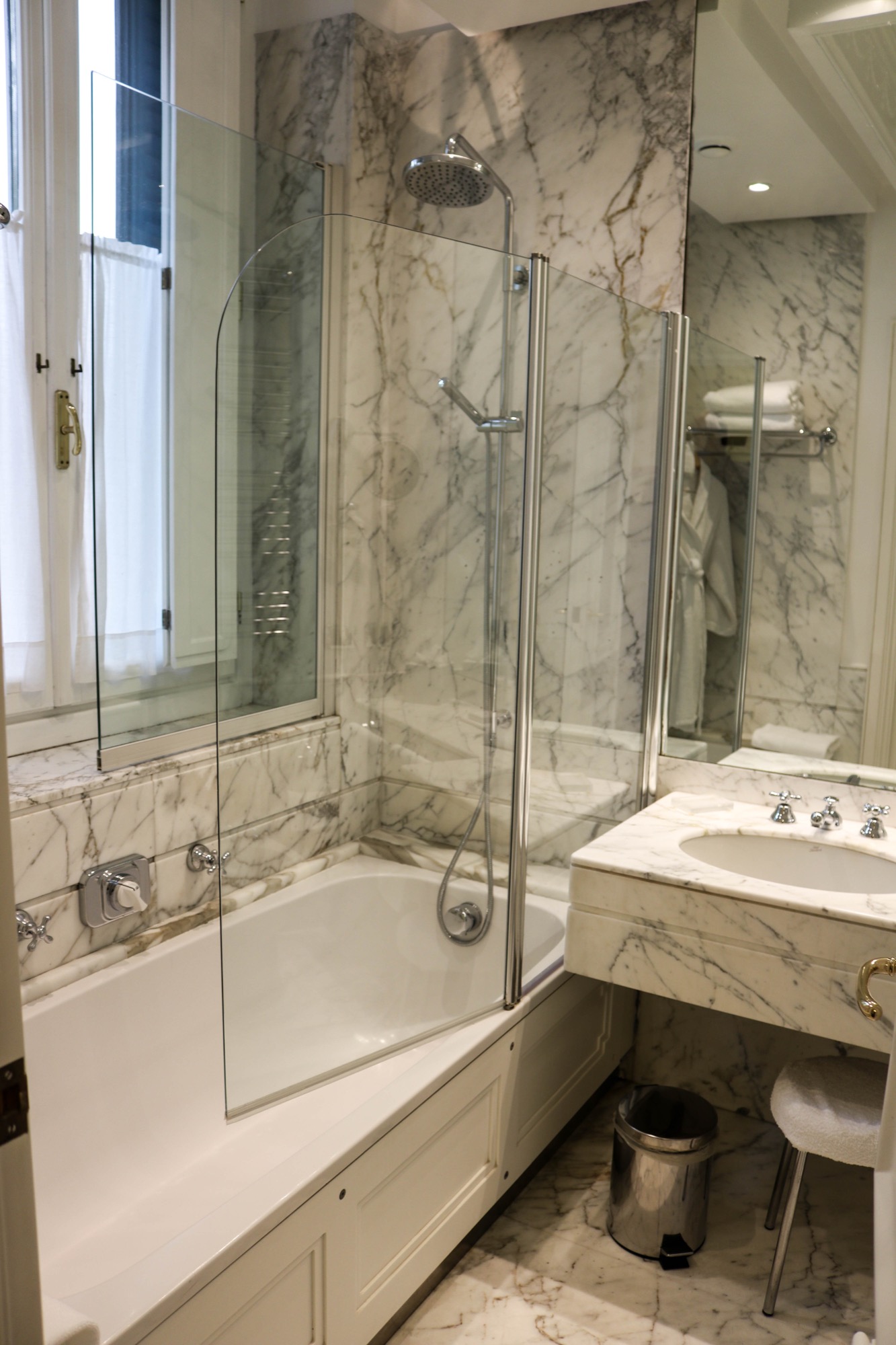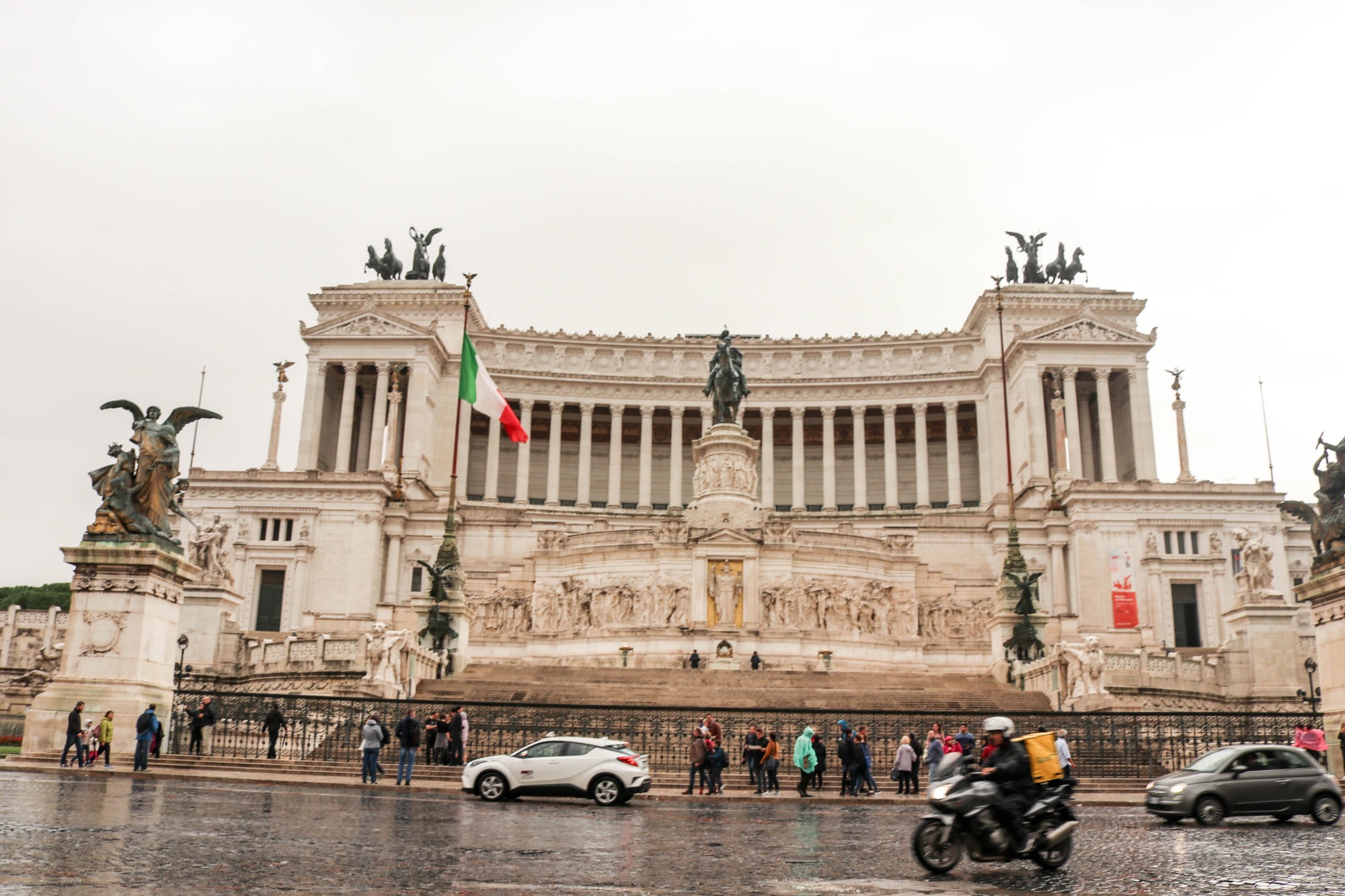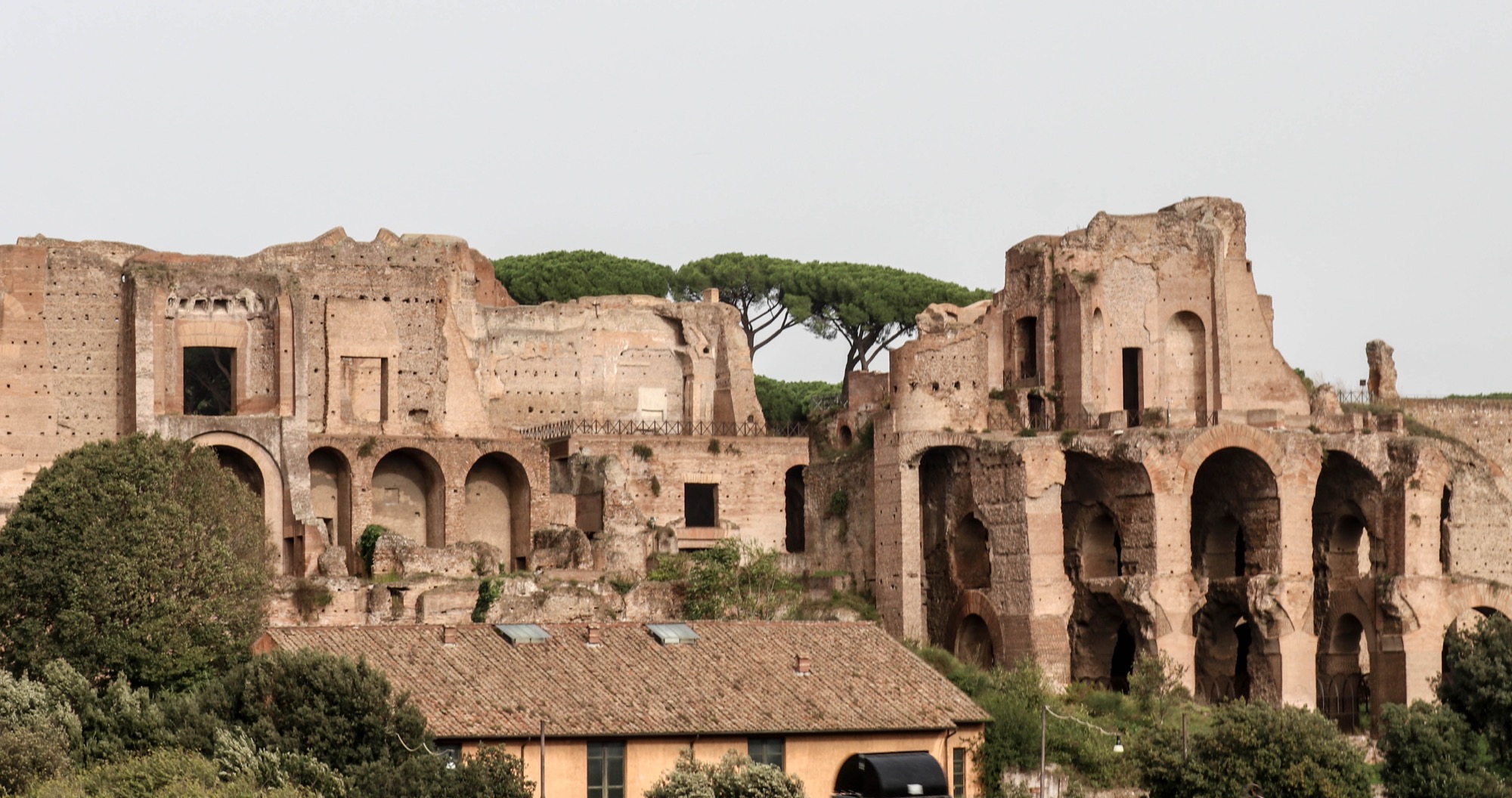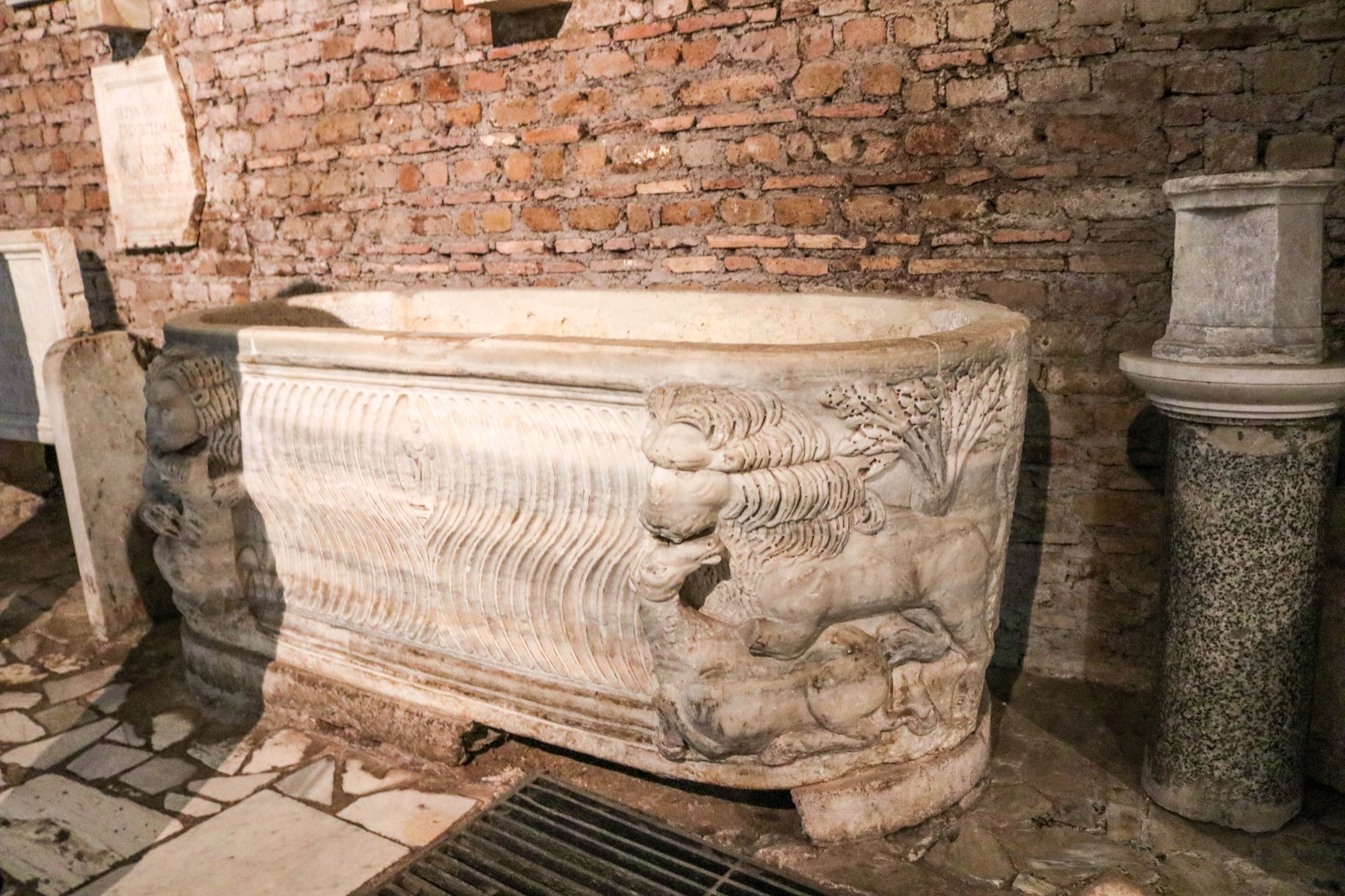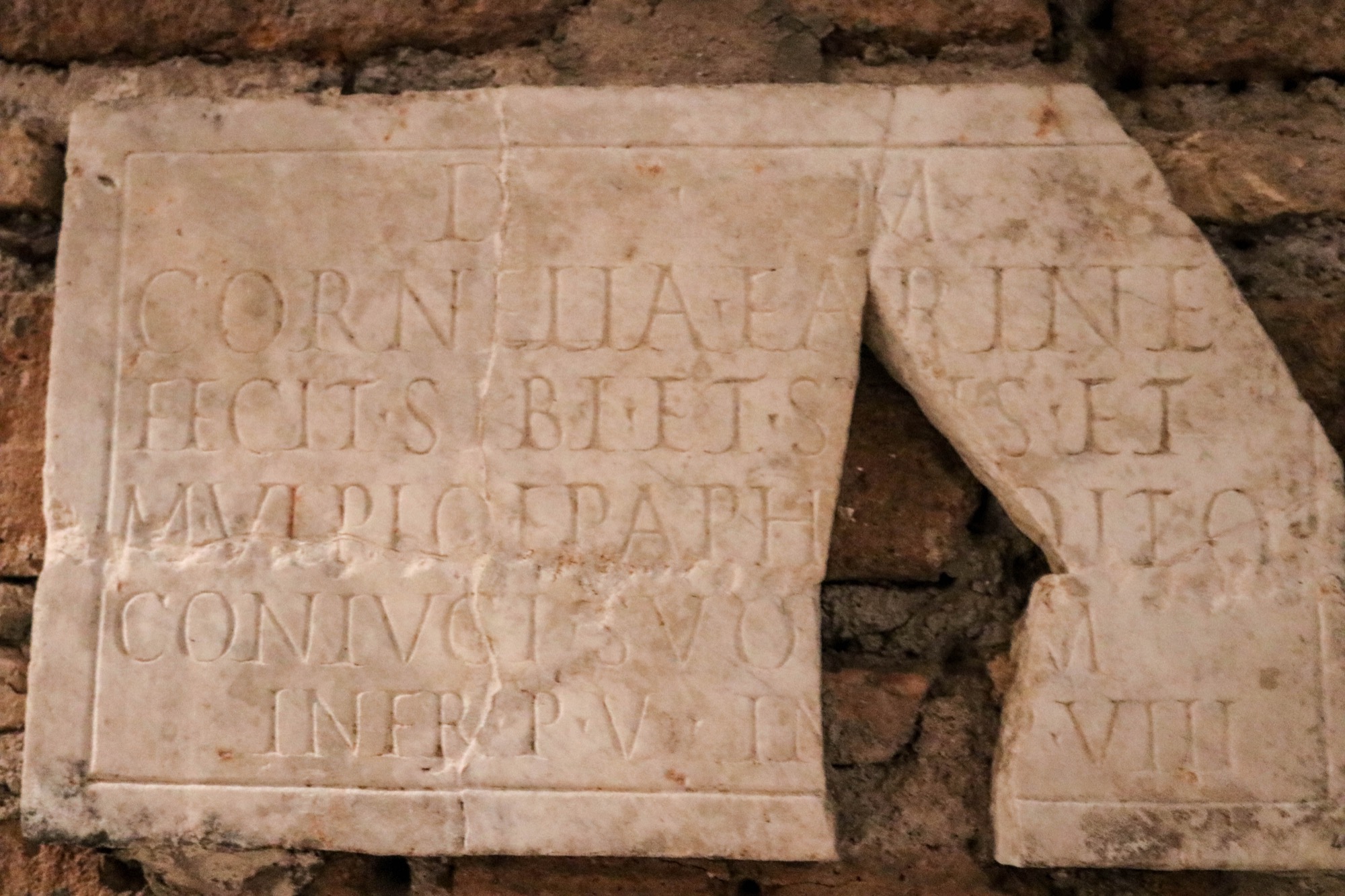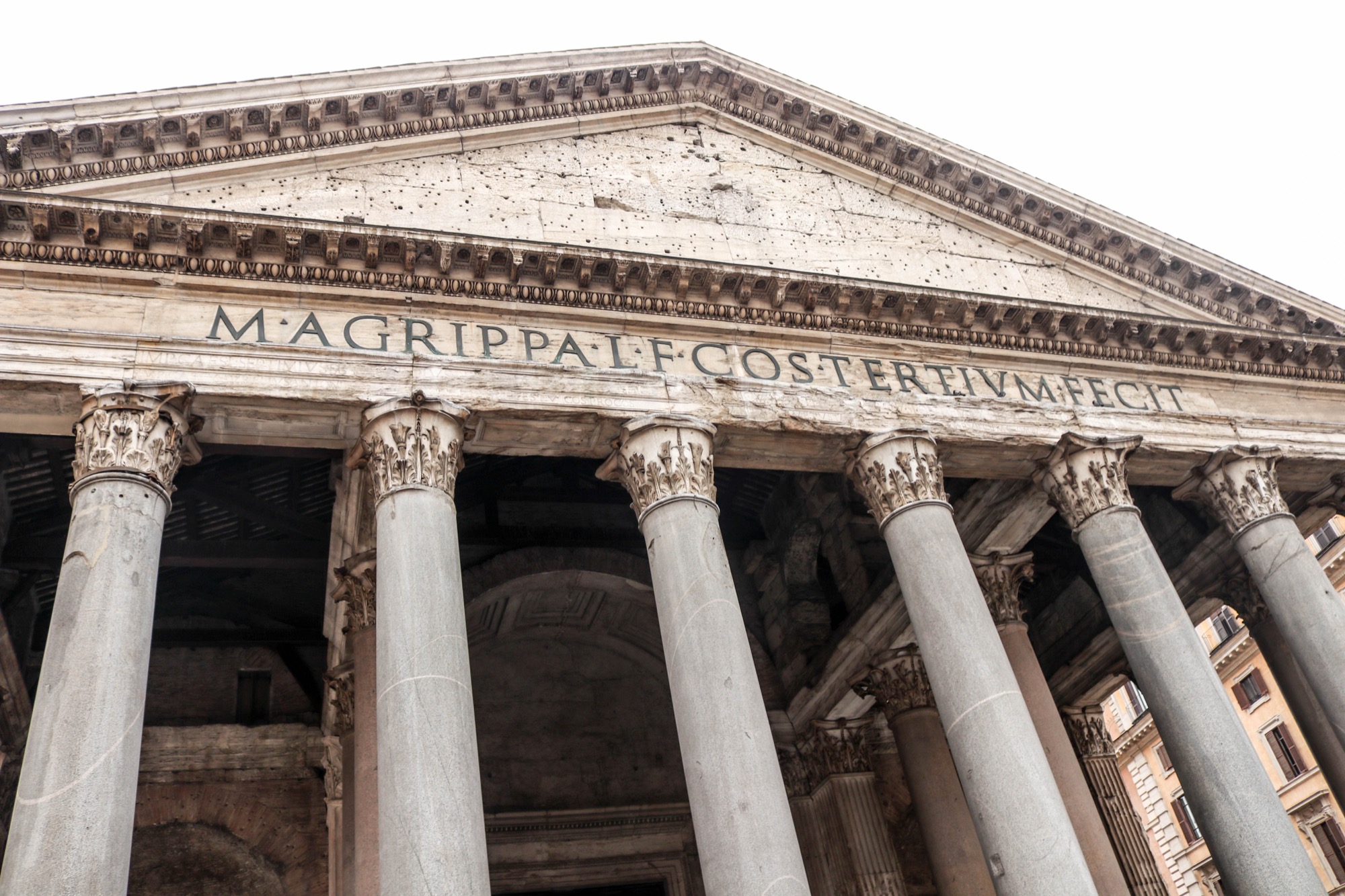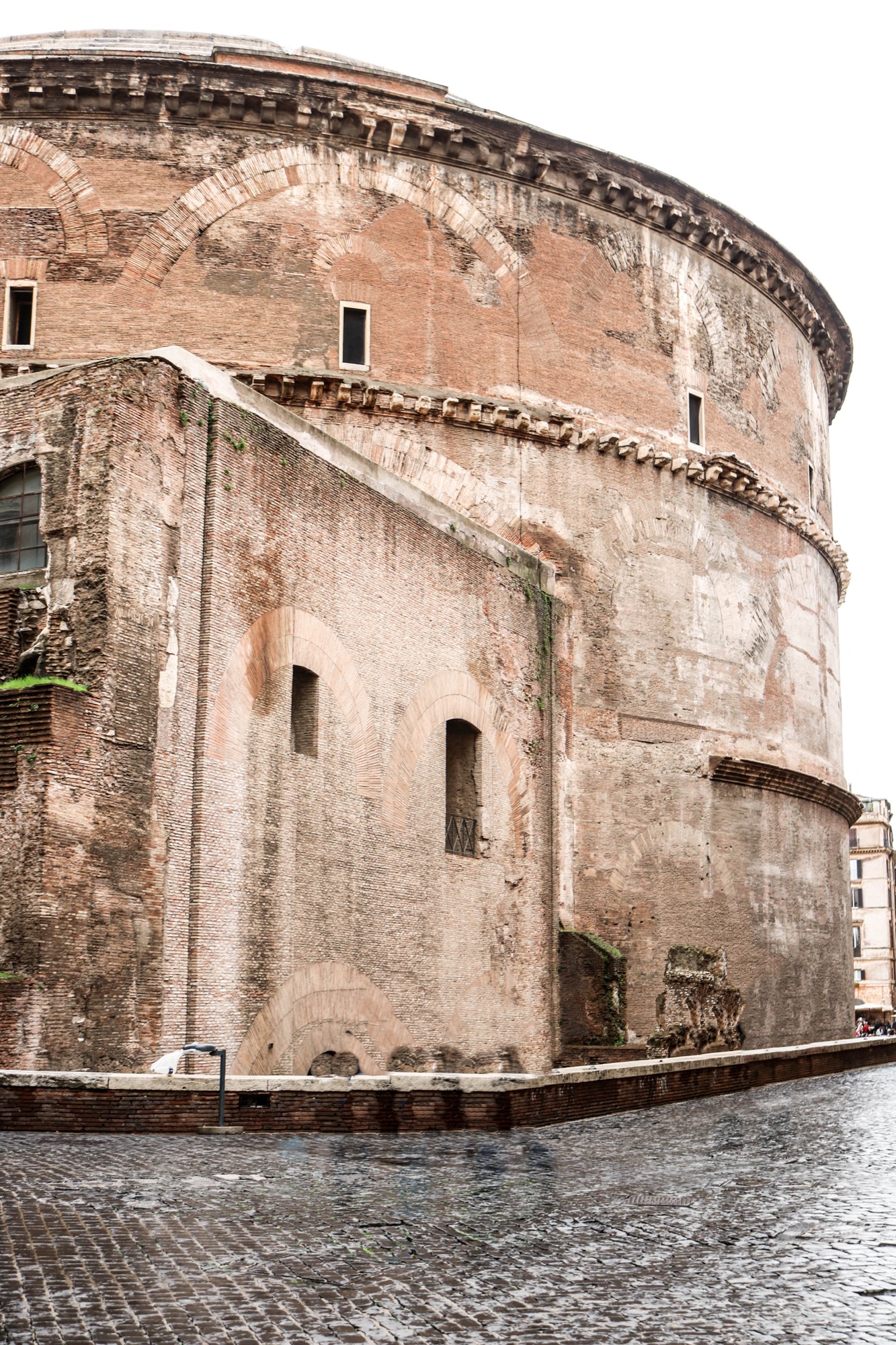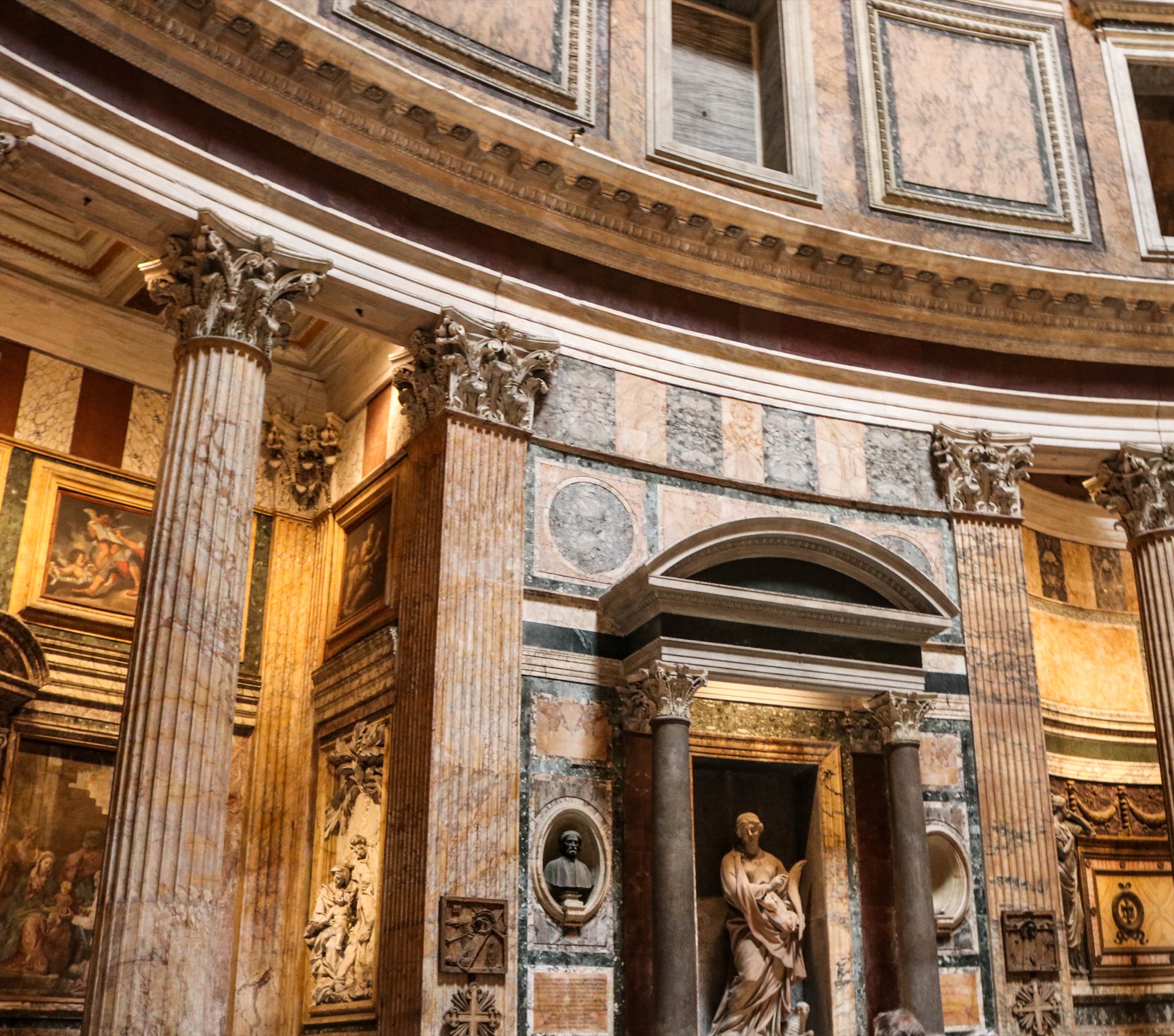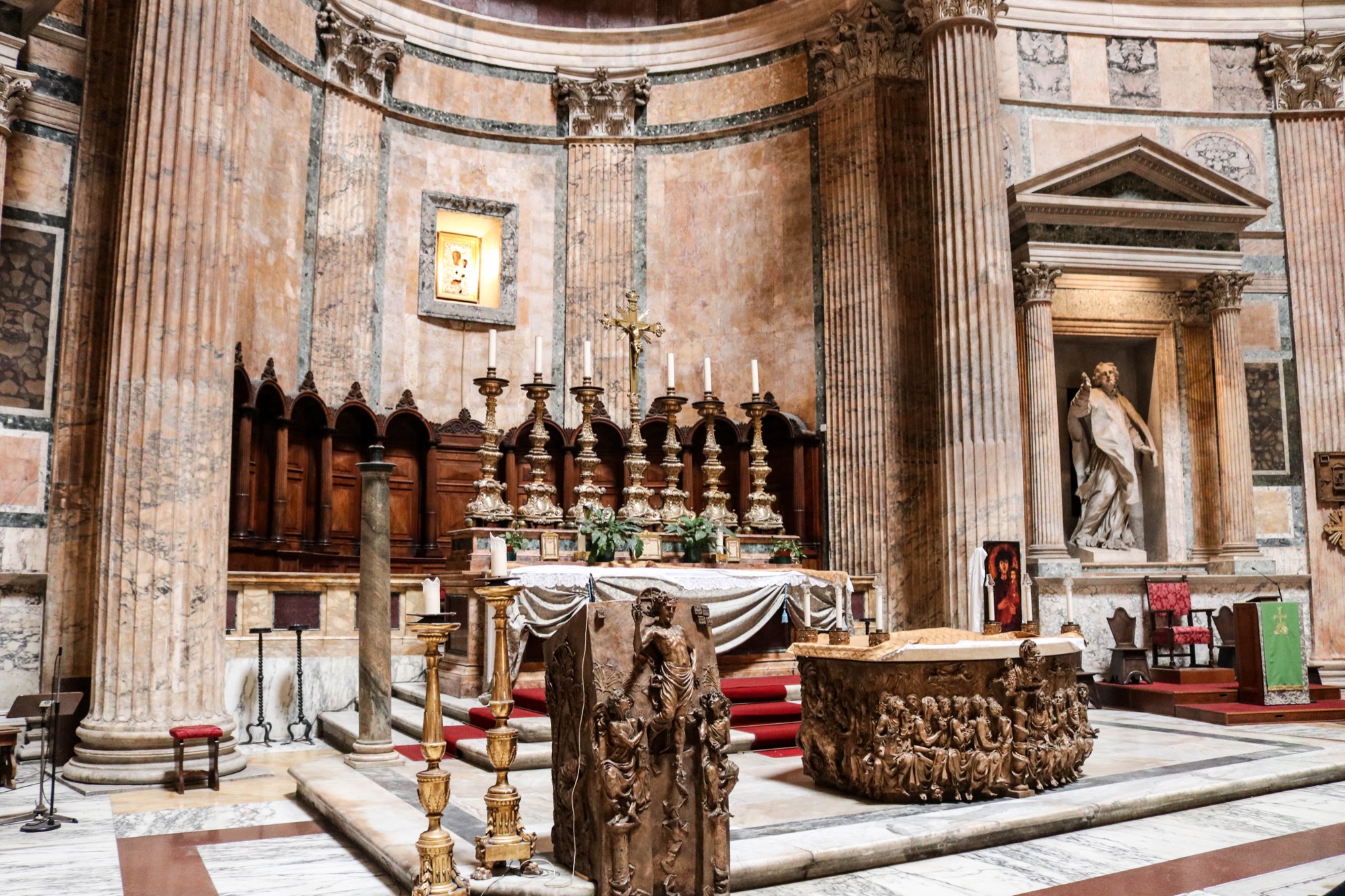Taormina Village
Taormina is a charming mountain village located on the eastern coast of the island of Sicily. While walking through the town, there are wonderful views of the nearby volcano, Mount Etna, and also of the clear blue waters of the ocean.
One of the old buildings that we saw, Saint Nicholas Church, was first built in the 13th century. The stone construction and the battlements around the top perimeter of the building gives the appearance of a fortress.
We also saw a Baroque style church dedicated to Saint Catherine. This building has a small bell tower and a niche above the main door with a statue of Saint Alexandria and two angels.


